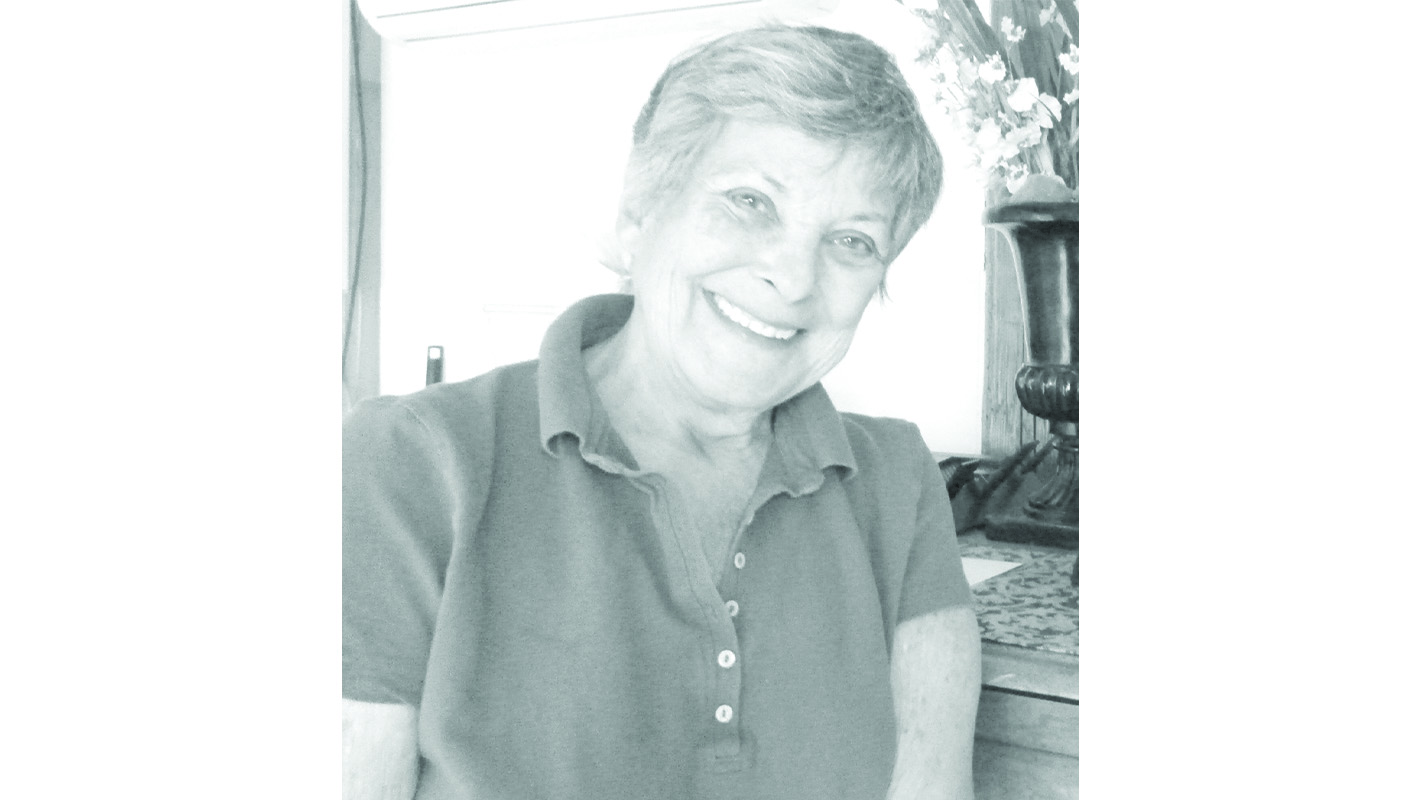Women have made great strides over the centuries in our journey to be considered equal partners in our society and economy. We became more than 50 per cent of the Canadian labour force last year, and more of us have a post-secondary degree than men, yet we still earn on average just 87 cents for every dollar a man makes.
The latest numbers from Statistics Canada show women throughout the country have been hit harder than men when it comes to job losses, thanks to COVID-19. As schools and daycares closed, women had to make the hard decision of who would look after the children. Of course men have also been displaced, but preliminary numbers suggest women are being impacted disproportionately. That’s partly because of the work women do and partly because women traditionally were responsible for “home” work.
Says the World Economic Form Action Platform, “Women bear most of the responsibility for holding societies together — at home, in health care, at school, or in caring for the elderly. In many countries, women perform these tasks without pay. Yet even when the work is carried out by professionals, those professions tend to be dominated by women, and they pay less than male-dominated professions.” That’s certainly true in Canada: Women make up 80 per cent of all health and social services staff. For many, it’s low-paying hourly work that doesn’t have paid sick leave.
Both men and women are fighting on the frontlines of the pandemic – more women than men – yet women represent only 25 per cent of those in senior positions. Wage parity has been elusive, more so in the private sector than the public sector.
COVID-19 has shone a light on even more gender-based differences: domestic violence is on the rise. It happened during the 2008-09 financial crisis, during the SARS epidemic and it’s happening now. Women’s shelters have been closed. What can we expect as people begin to move around again?
And there’s another factor that affects women more than men: because women on average live longer than men, there are more older women than men, and as they approach 80+ the ratio is higher and the proportion that live in long-term care facilities increases. Thus women are doubly at risk of getting COVID-19.
Given these differences, it would be good if economic crisis-response measures take them into account.
Will governments commit to the principle that women have the same right to participate in decision-making as men do? Will policymakers pay attention to women’s rights organizations when formulating responses to this crisis, and preparing for the next one? Has the time come to look at how we value and pay for women’s contributions to health care, social services, and the economy?
If they do not, M.P. Connelly wrote for the Canadian Encyclopedia, “looking after children, the elderly and the disabled will fall heavily on the shoulders of women. If that happens, unpaid “home” work will expand, even as women need to be income earners, either as sole supporters of single-parent families or as members of two-parent families. In this context, women’s struggle for equality becomes even more difficult. But the struggle continues, as many women try to reach the goal of a society where women and men equally combine and share work and family responsibilities.”
Dian Cohen is an economist and a founding organizer of the Massawippi Valley Health Centre.
To submit ideas for future columns or for more information, contact Dian at: Cohendian560@gmail.com
Unintended consequences: Women are back in the kitchen
By Dian Cohen






